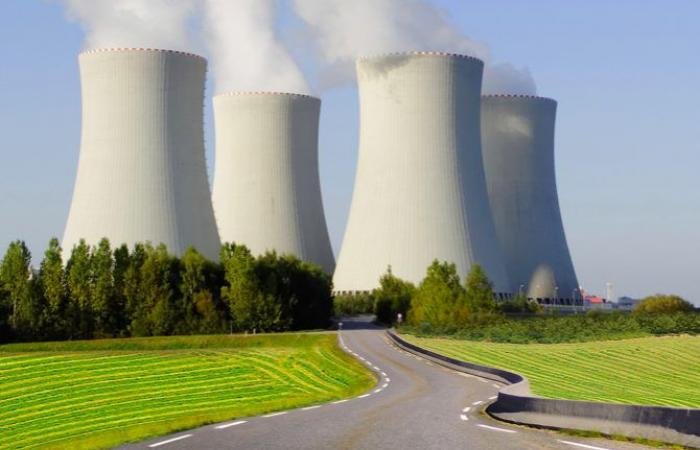More renewables, which will cover 63% of electricity needs and 40% of total energy needs. But the 2024 revision of the Energy and Climate Plan just sent to Brussels by the government is still based on gas and the return of nuclear.
A “dream” for the government, a new nightmare for Italians. As expected, the right-wing government led by Giorgia Meloni insists on relaunching nuclear power to achieve the goal of “zero emissions” by the end of 2050.
He reiterated it officially, putting it in black and white, in the updated version of the Pniec, the Integrated Plan for Energy and Climate which has just been delivered to Brussels. In practice, the plan that explains how Italy will live up to its commitments for decarbonisation, indicated by Brussels.
And how does it intend to do so? On the one hand, it has revised upwards the contribution of renewableincreasing the capacity that will be installed between now and 2030 (when will cover 64% of electricity demand), on the other hand, has returned to promising the rebirth of nuclear energy in Italy.
It does so by confirming the choice of a technology (i small reactors SMR (Small modular reactor) still in the experimental stage and for which there is no industrial application yet. Nor is it known for certain when they will be commercialized. If nothing else, it is taken into account that it will take years to see some results. But the goal is ambitious: 11% of the electricity requirement by 2050.
Government raises bar on renewables, but continues to support use of gas
Not only that: the 2024 Climate Plan presented in Brussels by Minister Gilberto Pichetto Fratin insists on highlighting the role of natural gas, well beyond the investments needed to no longer depend on imports from Russia. Immediately raising criticism from environmental associations, from Greenpeace to the WWF, from Legambiente to the Kyoto Club.
Gas, the justification goes, will be used to cover the exit from coal (which has fallen in recent months to cover no more than 1-2% of the requirement, mostly in Sardinia). But also to keep the system in balance. until an adequate fleet of storage systems and batteries is guaranteed.
If nothing else, the government has raised the bar for renewable energy targets. In the new Plan the target is almost 40% of gross final energy consumption by 2030, “in line with the Community objective”.
While 63% is the coverage of electricity needs alone. Italy will reach a total power of 2030 131 GW. Of these, 79 from photovoltaic, 28 from wind, 19 from hydro, 3 from bioenergy and 1 GW from geothermal sources.
In particular for other energy sectors cover needs from renewables is 34% in transportof 36% its heating/cooling63%, 54% of the totalhydrogen used in the industry.
Infrastructure Permits: Government Wants to Proceed with Commissioners
But be careful on this point. An interesting detail concerns the system of permits and authorizations. On the one hand, the government has just made Photovoltaic installation more difficult in the fields with the Agriculture decree and wind power by assigning the Regions the final say on the projects with the decree on Suitable Areas, with the revision of the Pniec he completely changes his mind.
To accelerate the transition and “ensure the stability of the energy system – the document states – it will be necessary to build in the medium term, a series of physical infrastructures (strengthening of interconnections, network resilience, large-scale energy storage, carbon dioxide capture and storage systems) whose construction will necessarily have to have reduced authorization timeswhile respecting dialogue and sharing with the territories”.
In other words, it will be possible to increasingly resort to the appointment of a commissioner with substitute powers, as happened for the construction of works for the two regasification plants of Livorno and Ravenna.
Double standards: depending on lobbies, advantages and political interests.



